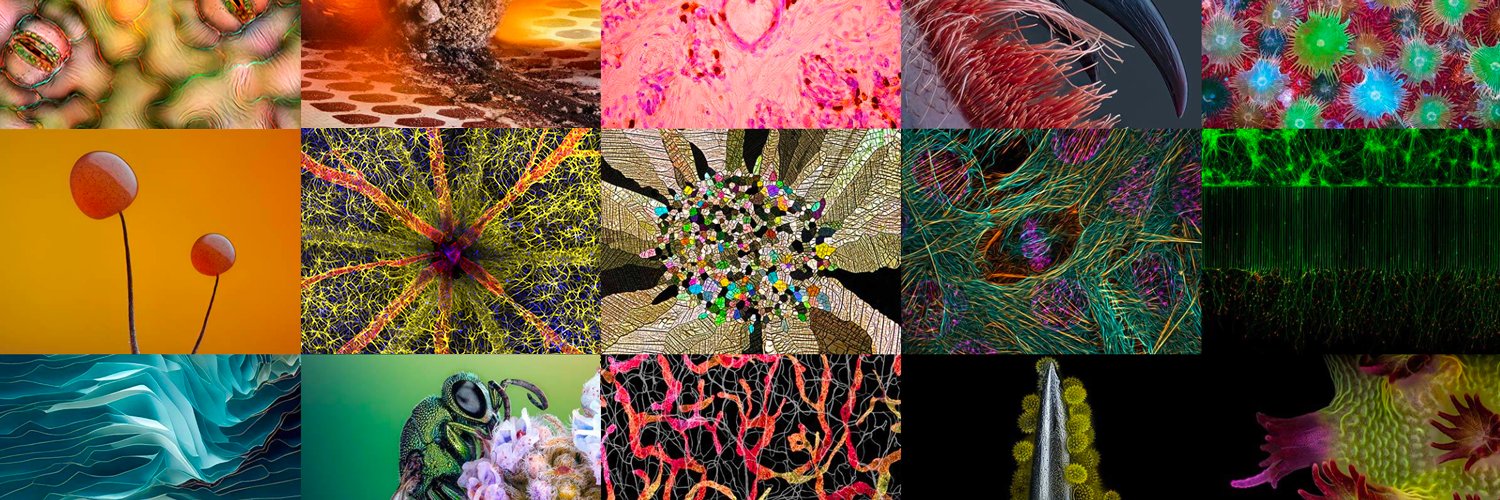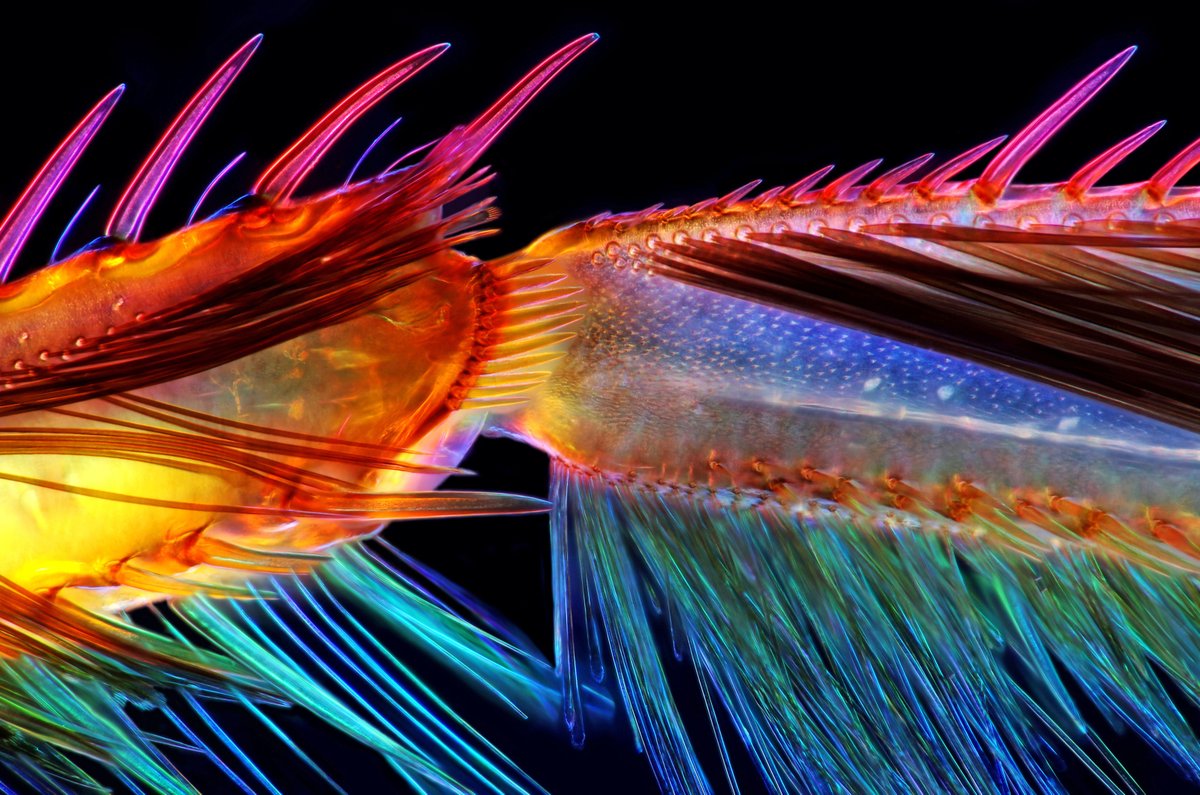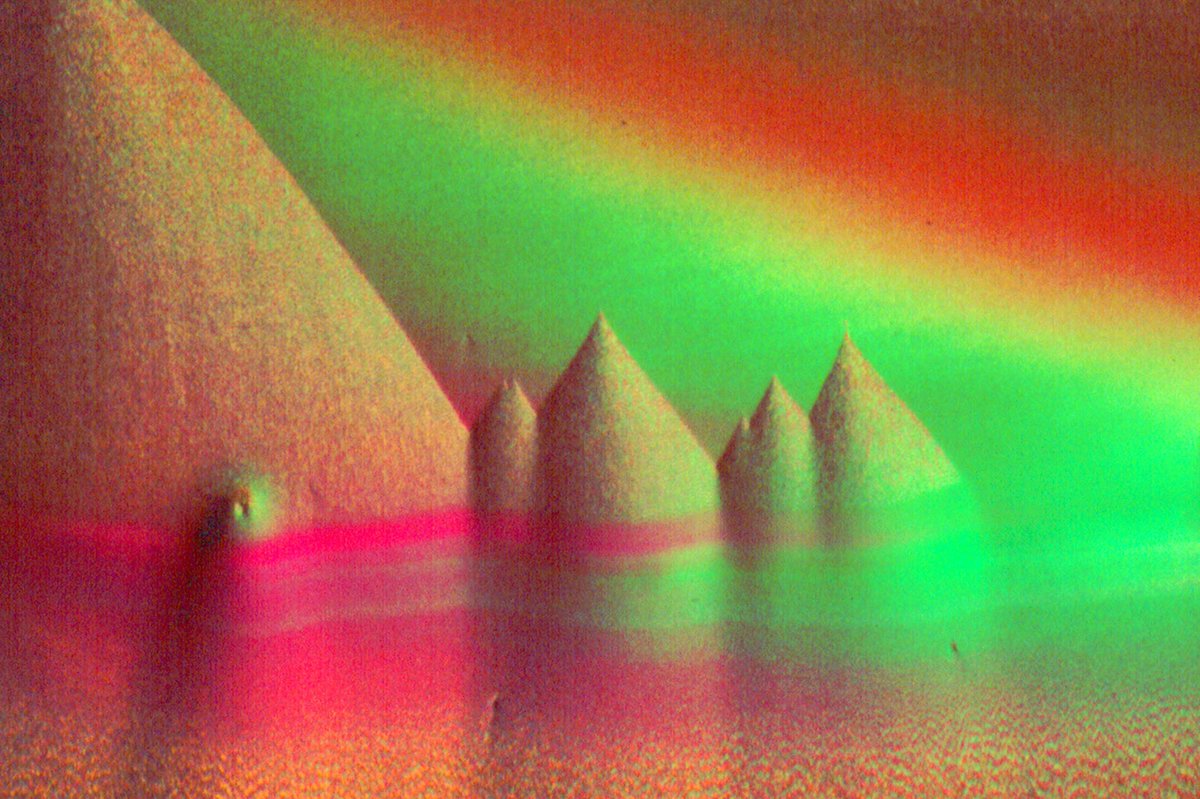
Nikon Small World
@NikonSmallWorld
Nikon's annual competition recognizing excellence in photography through the light microscope. Follow @NikonInst for the latest microscope news and trends.
Congratulations to all the winners of our milestone 50th anniversary #NikonSmallWorld competition! We're so grateful for every single person who submitted and made this competition into what it is today. The complete 2024 winning gallery is now live: bit.ly/3A0vUYm 🔬
Pretty, but poisonous! Cynoglossum officinale (AKA gypsy flower) contains toxins that slowly build up, causing liver damage in animals and humans over time. bit.ly/3Ivdjau Credit: Dr. Csaba László Pintér

Though the creature pictured is not actually a frog, it shares a name with one. We're making like the leg of a frog-legged beetle and leaping into the weekend. Have a good one! bit.ly/4lpbvhx Credit: Dr. Andrew M. Posselt

Friday fun fact: Moss doesn’t have roots — it absorbs water and nutrients directly through its leaves! 💧🍃 bit.ly/4kSq5NX Credit: Jacek Myslowski

When structure meets sparkle! ✨ bit.ly/3TNjqJP Credit: Justin Zoll

Did you know? Water boatmen are efficient swimmers due to their distinctive hind legs, captured up-close in this 2016 honorable mention. bit.ly/46juDtg Credit: Marek Miś

Orange you glad vitamin C looks this good under the microscope? 🍊🔍 bit.ly/4eX7oqQ Credit: Milan Kosanovic

Some see a microchip 3D reconstruction, some may see a complex labyrinth. 👀🔬 What does this image convey to you? bit.ly/4lVtSLg Credit: Alfred Pasieka

Just like this cell, we're ready to divide and conquer the weekend. Happy Friday! bit.ly/4kvRiWn Credit: Dr. Andrew Moore, Dr. Erika Holzbaur
Do you know the difference between a crystal and a gem? Crystals are naturally occurring, solid material with a regular, repeating atomic structure, while gemstone is a mineral or crystal that is cut and polished. 💎 bit.ly/4lo3qKm Credit: Billie Hughes

Meet the kidney collecting duct! This system plays a crucial role in regulating fluid and electrolyte balance and maintaining homeostasis. bit.ly/4lP0Xs7 Credit: Dr. Nils Lindström

Your friendly reminder to go wash out the tupperware that's been sitting in the back of the fridge for way too long! bit.ly/44NA7Kp Credit: Tracy Debenport

Fun fact: Security holograms work using light diffraction, meaning they manipulate light to create visual effects that change based on viewing angles. bit.ly/4eNZj8b Credit: Dr. Haris Antonopoulos

Soy long, weekday stress! Let's evaporate into the weekend. bit.ly/45TRlb7 Credit: Wojtek Plonka
Proof that good hair days start at the cellular level! 💁♀️ bit.ly/44NXLHE Credit: Harald K. Andersen

Aquatic Stratiomyidae larvae have a specialized breathing structure at the posterior end of their body surrounded by a fringe of hairs. When the larva submerges, these hairs trap a bubble of air, forming an "air pearl." bit.ly/3GklMwD Credit: Fabrice Parais

Happy #SmallWorldInMotionMonday! Skip to the (🫀) beat of your own drum this week. bit.ly/4kbTr9I Credit: Anjalie Schlaeppi
Damsel(fly) in distress? Nope! The damselfly is a predator, both in its immature form and as an adult. They are voracious hunters, consuming a variety of other insects. bit.ly/4l5URUs Credit: Dr. Robert Berdan

Here's some #WednesdayWisdom: Moth scales are primarily made of chitin, a protein that also forms the exoskeletons of insects. To remain attached, each scale snaps into an individual pocket-like slot. bit.ly/3TGZ6d0 Credit: Chris Perani

I spy with my little eye... A Daphnia magna! bit.ly/4kTADNA Credit: Ahmad Fauzan

The chemical process occurring in this #SmallWorldInMotionMonday is a result of solvent evaporation, leading to increased solute concentration and ultimately the formation of crystalline structures. bit.ly/4emAkZb Credit: Dr. Bernardo Cesare, Stefano Castelli